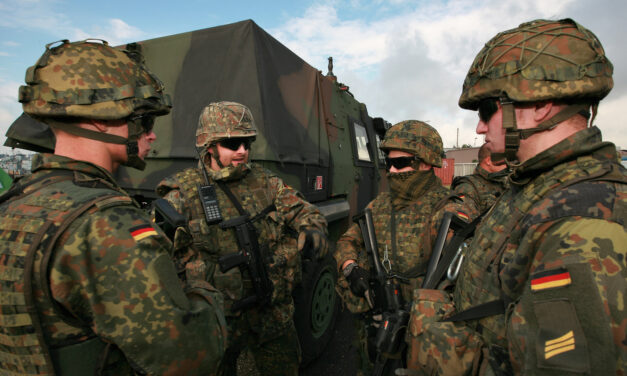German Navy - between quality and quantity
Fleet shrinks to historic low Shortly before the turn of the year, the German Navy shrank by a further five units. Last week, two tankers, two speedboats and a minesweeper were decommissioned. This reduces the number of floating units in the German Navy to 62 - a new low in the history of the navy. - Kieler Nachrichten 21.12.2015 Kieler Nachrichten reports on the planned decommissioning of the aforementioned units, whose replacement is already planned but not necessarily visible on the horizon. In November, Inspector General Volker Wieker informed parliament in his "Report on the material operational readiness...
Weiterlesen




Latest comments